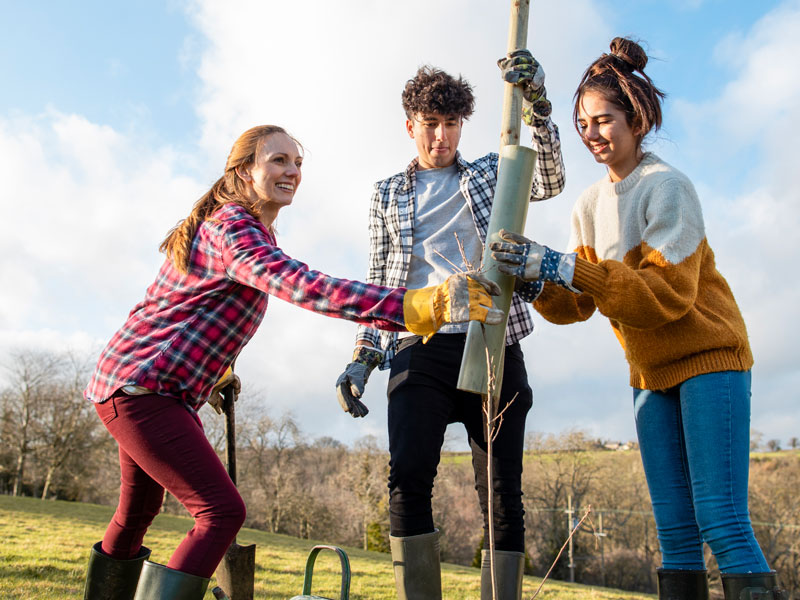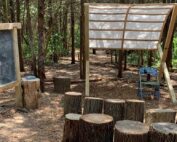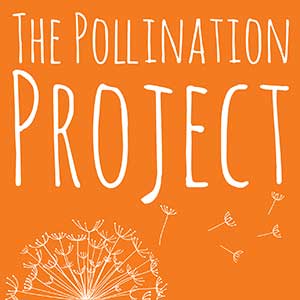
Aubrey Whitehead
Virginia Military Institute
With the specter of the pandemic finally receding, we all now embrace and appreciate the value of learning away from screens. There have been many anecdotes of parents in search of non-asynchronous learning opportunities for their previously-homebound children. They took opportunities to explore interactive, in-person, educationally-sound activities, that were able to hold their kids’ attention, particularly, for children interested in the exploration and discovery offered by STEM pursuits. But now the million-dollar question: What can parents do to spark and maintain their children’s curiosity? Turns out, quite a bit.
Researchers (e.g., Berkeley et al., 2021; Rice et al., 2013; Simpkins et al., 2015; Zumbrunn et al., 2014) have repeatedly found the key to maintaining kids’ STEM engagement can be introduced and influenced by those whose opinions they respect: namely, family, friends, and educators. With access to the children before they even begin school, family members (parents, siblings, and other relatives) often serve as the first and most constant influencer on children’s STEM interest (Gottfried, Owen, et al., 2017; Gottfried, Preston, et al., 2017). This influence can result from direct intervention (like conversations or extracurricular activities) as well as more subtle means (like siblings’ educational path or parents’ career track). Unlike family members who are predetermined, kids select friends based on shared interests.
For those interested in STEM topics, friends contribute to initial and sustained STEM pursuits through the level of STEM supportiveness from the group (Robnett & Leaper, 2013). Friends with shared STEM interest also feed off each other’s pursuits and exploration, often referred to as social persuasion. Receiving feedback about their own achievements from friends (i.e., social persuasion) contributes to self-efficacy and motivation to persist in STEM fields (Hattie & Yates, 2014). Finally, by the time students graduate high school, they would have spent more than 15,000 hrs in school settings. With this amount of interaction, educators (teachers and counselors) play a significant role in children’s STEM motivation(Wentzel et al., 2017).
Educators provide students with immediate and direct feedback on their learning that affects self-efficacy (“I believe I can find an inverse function.”). This may take place through verbal persuasion (“You calculated that molar problem well.”) or providing opportunities to learn from other students (i.e., watching a peer they perceive on their level of understanding be able to complete a problem.). One such activity that leverages all three influential groups for a multitude of kids is involvement in citizen science.
Citizen science, in which volunteers support professional scientific research, produces benefits for those of all ages. The dynamics within citizen science programs inherently relate to supporting key motivational functions for learners. Specifically, by getting those kids who have an interest in STEM areas, participation in citizen science increases three specific motivational areas:
- STEM interest: an innate drive to pursue a STEM-related topic or activity
- Self-efficacy: belief in one’s capabilities to complete a specific task. For instance, “I believe that I can properly identify an evening grosbeak versus a pine grosbeak.”
- Outcome expectations: what individuals expect from their efforts
These motivational factors have been found to spark and sustain kids’ STEM persistence, and research shows each can be flamed by those whose opinions and examples children respect. This influence seems even more meaningful for young people from groups traditionally- underrepresented in STEM fields.
Leveraging Citizen Science to Increase Representation
Persons excluded due to ethnicity or race (PEERs; a newer term for groups underrepresented in STEM) flourish in citizen science (Hiller et al., 2019). Citizen science programs provide exposure to PEERs students who may not otherwise have opportunities to contribute to authentic science activities. Encouraging signs from research (Lent et al., 2018; Stevens et al., 2016) indicate that educational programs which influence self-efficacy, identity formation, motivational interest, and personal values are particularly poignant for students from these groups. While citizen science projects improve adolescents’ self-motivational beliefs and achievement overall, PEERs report less anxiety, show higher levels of science achievement, and self-efficacy for scientific observation skills than their peers. Also, the influence of friend groups was found to have an effect on certain motivational factors (e.g., help seeking), they were identified as more important for PEERs than their White counterparts.
Examining STEM motivation through citizen science programs has emerged as a novel way to maintain STEM motivation of varying demographic features. At its most basic level, simply having friends who share their STEM interest helped PEERs’ persistence. For PEERs, developing STEM identity and having support from those whose opinion they respect and share interests appear to help with their STEM persistence, determination, self-efficacy, and commitment. Like the saying goes, “You are with whom you associate.”
Share
LATEST RESOURCES
Vermicomposting
Suzanne E. Hiller
As much as natural specimens can be part of lessons in a range of subject areas, animal skulls are an especially versatile resource for instruction.
Educating Children to Value and Protect Pollinators
Rebecca Bland, Washington County Public Schools
Liz Marquette, Kansas University […]
Building an Outdoor Classroom Amphitheater
Building an Outdoor Classroom Amphitheater
Dan Balkan
James Madison University











